
Yan Cui
I help clients go faster for less using serverless technologies.
Being a responsible speaker, I have started preparing my talk – A tour of the language landscape – for NDC Oslo months ahead of time! When I first came up with the idea for this talk, I asked on Twitter if anyone else thought it was a good idea. Phil made a great point about including some information on how I go about learning a new language.
I came across this TEDx talk by Josh Kaufman a while back and found it useful in helping me formulate a learning strategy that works for me.
Truth about the 10,000 hours rule
In the talk, Josh debunked the often misquoted 10,000 hours rule. When the study was first published, the finding was that it takes 10,000 hours of deliberate practice to reach the top of an ultra-competitive field. But through a collective Chinese whisper the message was warped into ‘it takes 10,000 hours of deliberate practice to be good at something’.
Instead, Josh found that researches suggest 20 hours is all it takes for you to be reasonably good at something so long you make those hours count.
This is important, because for us busy programmers – who, by the way, have a tendency to work long hours – the time to learn new skills is both limited and necessary given how fast our industry moves.
4 steps to learn
Josh proposed these 4 steps to learning anything.
Deconstruct the skill
Most things we consider as skills are actually bundles of skills. The more we are able to break them up into smaller skills the better we can decide which of them actually helps us achieve what we want out of our learning. We can then prioritise the skills that are most useful to us and improve our ability in the least time possible.
For learning a programming language, you can deconstruct most languages into smaller chunks:
- variable assignment
- common data types
- control flows (if-else, loops, recursions, etc.)
- working with collection types
- working with strings
- error handling
- concurrency
- …
Most introductory books and tutorials follow this structure already.
Learn enough to self-correct
You should first focus on getting to the point where you can self-correct and self-edit as you learn. For learning a programming language, I interpret this point as:
- know how to compile and run your code
- able to put simple programs together, and tweak it to start getting a ‘feel’ of it
Again, most introductory books and tutorials follow this pattern already and have you build a Hello World example very early on.
Remove practice barriers
Remove distractions – TV, internet, twitter, etc. – so that you can focus on learning. This can be hard when distractions are all around us and so readily available!
I once heard a story about John Carmack that, before a new project, he’d check in to a hotel with a bunch of good books and literally cut himself off from the outside world for days so he can soak up the ideas and inspirations before starting any work on the project.
I’m not saying that you should do the same, obviously different approaches work for different people. Personally I’m most effective between the hours of 10PM and 2AM because my wife goes to bed early and I’m able to just zone out.
I’m not a heavy Twitter user, or any other social network for that matter, so they’re not a problem for me.
On the other hand, comic-based TV shows is my poison – The Flash, Gotham, Arrow, Agents of SHIELD, etc. To limit the amount of disruption these bring, I binge watch them in one night so I can have the rest of the nights that week for more constructive uses.
Practice at least 20 hours
Josh raised a good point that, for most things you learn, there is a frustration barrier – the moment when we become consciously incompetent and realise how little we know and how much more we need to learn.
It’s not a great feeling as no one likes to feel stupid, and this is often the point where we lose our momentum and derail our hard-earned progress.
Which is why it’s important that we pre-commit at least 20 hours of our time, so that if and when we hit this frustration point we have a good reason to push on since we already budgeted 20 hours anyway.
Set your goal
Before you start investing a minimum of 20 hours into learning a new language, it helps if you could decide what you want to get out of the process. Depending on your situation and needs this could be quite different, e.g.
- are you looking to move to a different language stack and trying to make yourself employable?
- are you trying to understand the hype around a new language and see what it’s all about?
- …
Personally, most of my learning is aimed at expanding my horizon and allowing me to see beyond the possibilities and options I have at my disposal with the stack that I work with day-to-day.
Other times I might have specific goals of what I want to be able to do in that new language, for instance:
- I learnt Dart as a replacement to JavaScript for my web development needs
- I learnt Elm to be better acquainted with functional-reactive programming (FRP) and with the aim of being able to make games using FRP
Prioritise learning a new paradigm
One mistake that I see many people make is to choose to learn a new language over a new paradigm. For example, making the jump from C# to Java is a relative easy one, but at the end of day you have learnt a new syntax without necessarily taught yourself a new way to solve problems.
Learning a new paradigm on the other hand, fundamentally change the way you see programming and allow you to see new ways to solve problems. From personal experience, each time I ventured into a new paradigm – Functional Programming, Aspect-Oriented Programming, Functional Reactive Programming, etc. – has allowed me to see programming in a new light.
If you’re interested in exploring some less travelled roads, check out these three paradigms recommended by John Croisant.
These two books by Bruce Tate are also a great source for exploratory learning:
And finally, I leave you with a great quote from none other than Alan Perlis.
A language that doesn’t affect the way you think about programming, is not worth knowing.
– Alan Perlis
Happy learning!
Links
- Don’t learn a syntax, learn to change the way you think
- TEDx – the first 20 hours – how to learn anything | Josh Kaufman
- 3 mind-blowing paradigms from StrangeLoop
- Evan Czaplicki on different kinds of FRP at StrangeLoop 14
- 4 stages of competence
Whenever you’re ready, here are 3 ways I can help you:
- Production-Ready Serverless: Join 20+ AWS Heroes & Community Builders and 1000+ other students in levelling up your serverless game. This is your one-stop shop to level up your serverless skills quickly.
- Do you want to know how to test serverless architectures with a fast dev & test loop? Check out my latest course, Testing Serverless Architectures and learn the smart way to test serverless.
- I help clients launch product ideas, improve their development processes and upskill their teams. If you’d like to work together, then let’s get in touch.


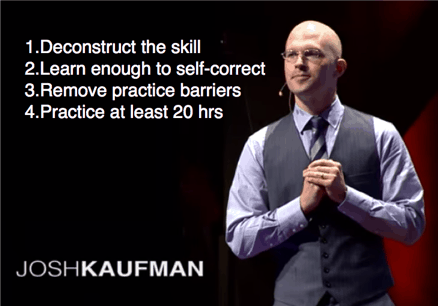
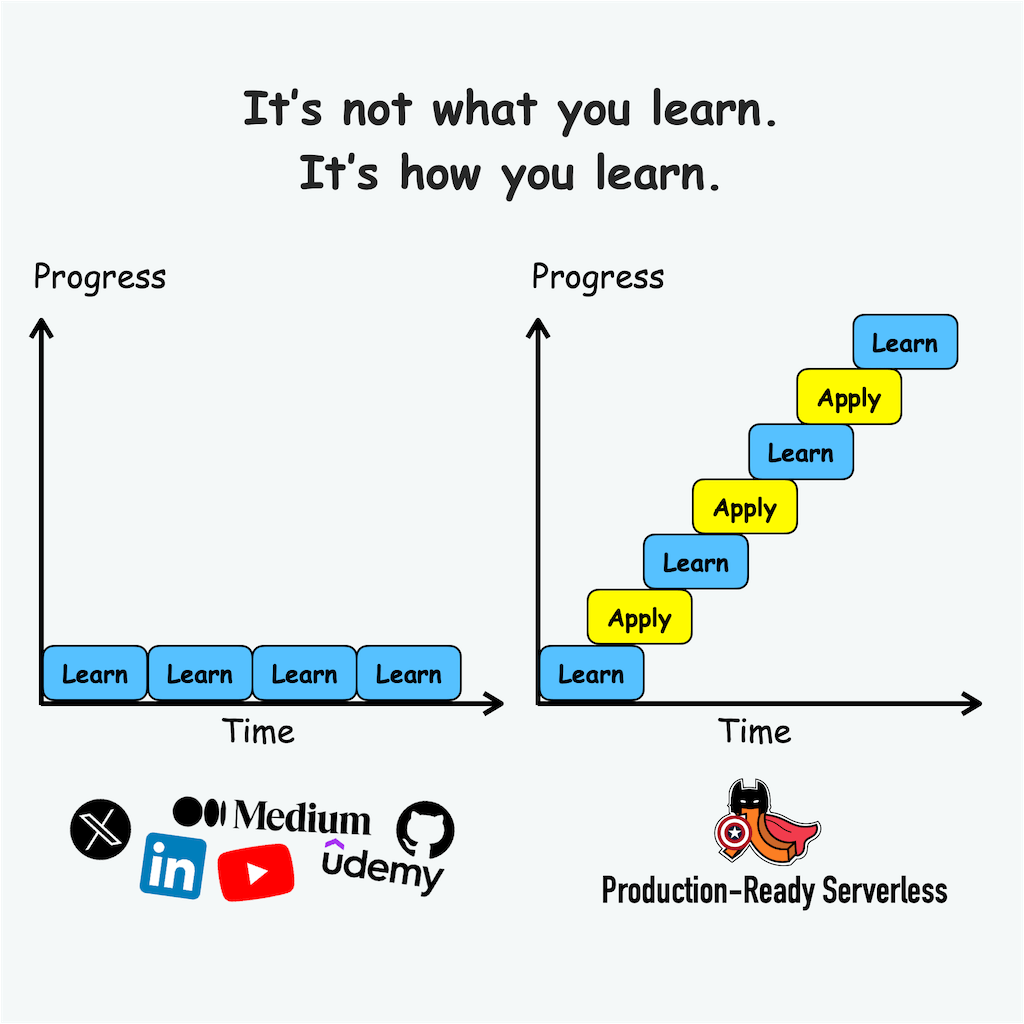
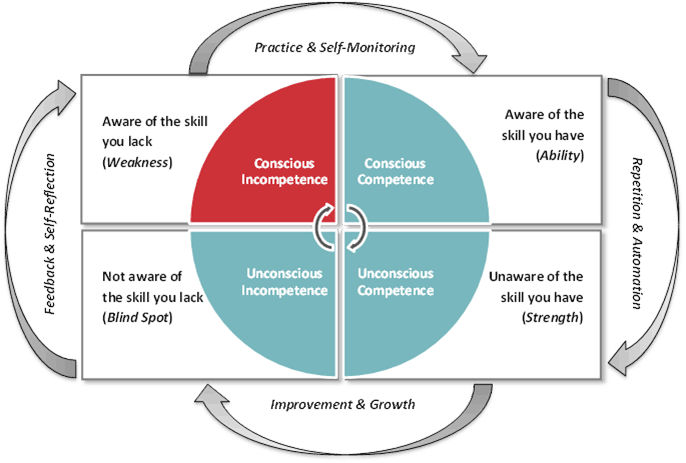
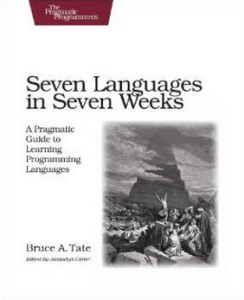
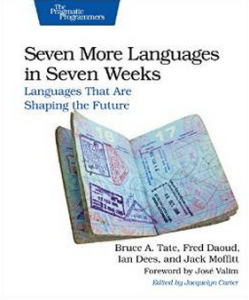
I really appreciate this down to earth and heartfelt encouragement to make commitment to learn and to and push through inevitable moments of frustration!
If you are giving a talk in Oslo you might like to mention Simula. A lot of good computing things (e.g. Norsk Data) have come out of that small country – probably because of long winter nights and few distractions. Good article.
Pingback: Don’t learn a syntax, learn to change the way you think | theburningmonk.com
Great article and thanks for debunking the 10K hour rule, this gets me motivated to learn even more stuff.
Also a must read book that IMO every programmer should own is “Concepts, Techniques, and Models of Computer Programming” see links below.
https://www.info.ucl.ac.be/~pvr/book.html
https://www.info.ucl.ac.be/~pvr/paradigms.html
That’s a good idea, I have seen Simula pop up quite a few times in talks and something that I’d like to look at when I get a chance. Probably too late for NDC Oslo but might squeeze into a future version of this talk.
Thank you, of the 4 steps that Josh Kaufman outlined that was the most helpful one for me personally too.
Thanks for the links, will add them to my list of to-read books ;-)
Pingback: Understanding homoiconicity through Clojure macros | theburningmonk.com
The 10,000 hour rule is not really debunked. The 10,000 hour rules is for reaching the top of an ultra-competitive field.
You can be good at something after 20 hours of practicing, but you should not suspect to be an elite on the field.
Both are two very different things.
May I have permission to use your competency model diagram in a competency assessment portion of a preceptor class for nurses?